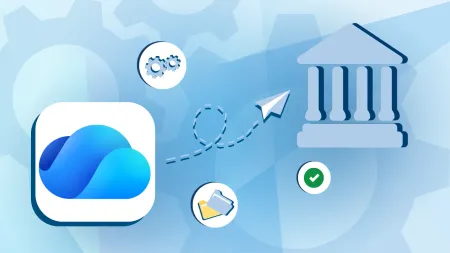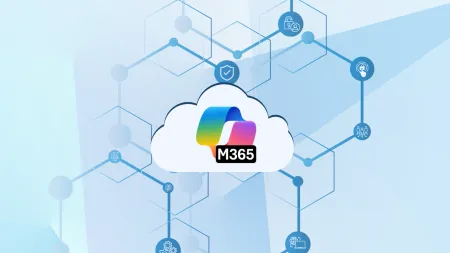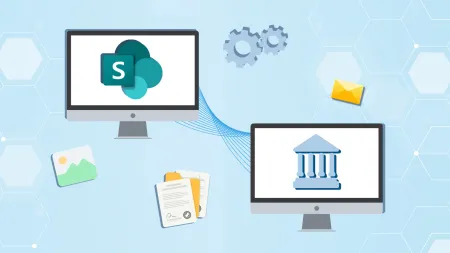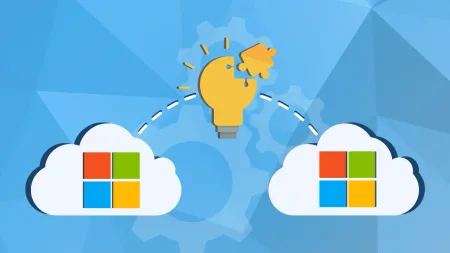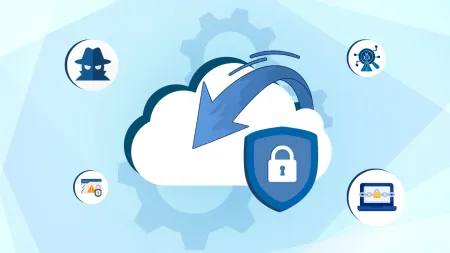A Virtual Comparison - Hyper-V vs vSphere
When researching virtualization software it is important to understand they are not all created equal It seems as though the world is going virtual a...

When researching virtualization software it is important to understand they are not all created equal. It seems as though the world is going virtual and when looking at vSphere and Hyper-V there are some differences you should be aware of to avoid taking an unnecessary and costly risk in selecting a robust solution for a virtual data center. The first thing to consider is if you have a vested interest in either company. Do you currently own VMware or Microsoft products and if so have you contacted each company to see if they can offer a discount or additional support if you add vSphere or Hyper-V to your array of software from them? If you have no contractual ties with either vendor or are looking for a virtualization software suite that fits your organization’s requirements the following provides a brief overview of both Hyper-V and vSphere.
Hyper-V
Hyper-V is a Microsoft product that runs the Windows Server family, from Windows Server 2008 R2, through Windows Server 2012. This software tool allows you to establish a virtual server environment. A virtual computing environment helps maximize efficiency of your network resources by using more of your hardware’s capabilities. Hyper-V allows you to create and manage multiple virtual machines off a single server. You can also run multiple operating systems on the same server with Hyper-V.
Hyper-V is installed from the Windows wizard and redesigns the architecture of the OS as it is installed to become an additional layer installed on the physical server. Hyper-V can be installed as a feature in Windows Server or as a stand-alone Microsoft Hyper-V Server. If you plan to purchase Hyper-V strictly for virtualization you are best purchasing the stand-alone server version to save money and maximize use out of your server as the stand-alone is not installed on a machine that already has Windows Server and is a scaled down version of Windows Server which does not have the additional features you won’t use in the virtual environment. The GUI is scaled down and un-necessary features are not installed on the stand-alone version either.
All functions in Hyper-V are managed through the Hyper-V Manager GUI. Using the Manager interface you can change, create, and delete virtual mahcines (VMs) as well as manage dependent operations within each VM. You can also create snapshots, import VMs, and enable replication.
Hyper-V is an excellent virtualization tool and is not just limited to Microsoft VMs. As mentioned earlier you can also create VMs using Linux that run with Hyper-V. Hyper-V is a great choice if you are already accustomed to Microsoft products in how they operate.
vSphere
vSphere is a virtualization suite by VMware which allows you to build VMs either in the Cloud, at remote sites, or within your physical data center. Cited as being the virtualization pioneers, VMware continues to make its mark on virtualization by developing tools and products such as vSphere which are prepared to bring VMs to mobile devices and the Cloud.
vSphere runs on any x86 application at scale and at full operational efficiency. The latest release is vSphere 5.5 also known as ESXi and is a bare bones hypervisor that installs on top of your physical server much like Hyper-V and creates partitions to run multiple VMs. The physical resources are shared equally across all the VMs you create so they can all run at equal times. vSphere’s management is available remotely and requires less than 150MB of disk space since there is no underlying operating sytem which requires fewer patches and provides a small attack surface.
The 5.5 platform provides replication and data protection which provides backup and recovery protection. Data protection has a wizard driven setup to easily deploy a data protection resolution within a vSphere VM environment. One of the highlights of vSphere Data Protection is that it reduces complexities in deploying a backup server as well as a reduced time to deploy a backup.
Conclusion
Hyper-V comes with the Windows Server family of products, and integrates well with Azure for a comprehensive virtualization solution. vSphere, on the other hand, has high upfront costs and costs more to maintain. Although both hypervisors provide a great way to virtualize your datacenter, provide security, data protection, and backup; in the long run, Hyper-V is the hypervisor of choice for today’s business.
